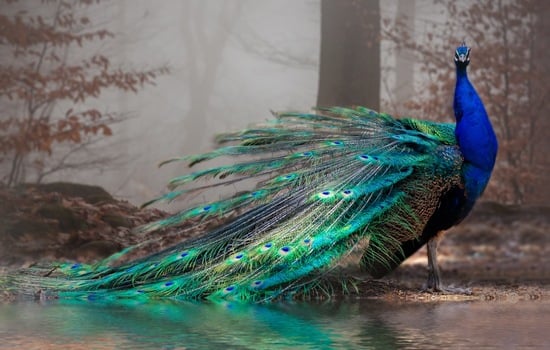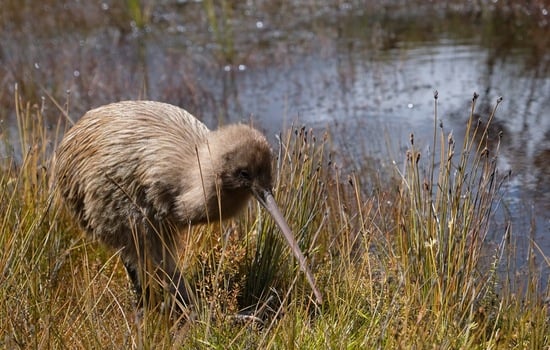
Welcome to the Iguanodon Trivia Quiz! Get ready to test your knowledge about this fascinating dinosaur that roamed the earth millions of years ago. Don't worry if you don't know much about it yet — that's what this quiz is for!First of all, did you know that the Iguanodon is one of the oldest known dinosaur species? It lived during the early Cretaceous period, which means it existed around 125 million years ago! That's older than your grandparents' grandparents' grandparents' grandparents' grandparents' grandparents' grandparents' grandparents' grandparents' grandparents' grandparents' grandparents' grandparents' grandparents' grandparents' grandparents' grandparents' grandparents' grandparents' grandparents' grandparents' grandparents' grandparents' grandparents' grandparents' grandparents' grandparents' grandparents' grandparents! Phew!But enough with the boring facts. Get ready to be quizzed on the Iguanodon's eating habits, physical traits, and more. Can you identify its distinctive thumb spike? What about its herbivorous diet? You'll need to keep your wits about you if you want to score high on this quiz!So, without further ado, let's get started! Good luck!

What is the meaning of the name Iguanodon?

What type of climate did the Iguanodon live in?
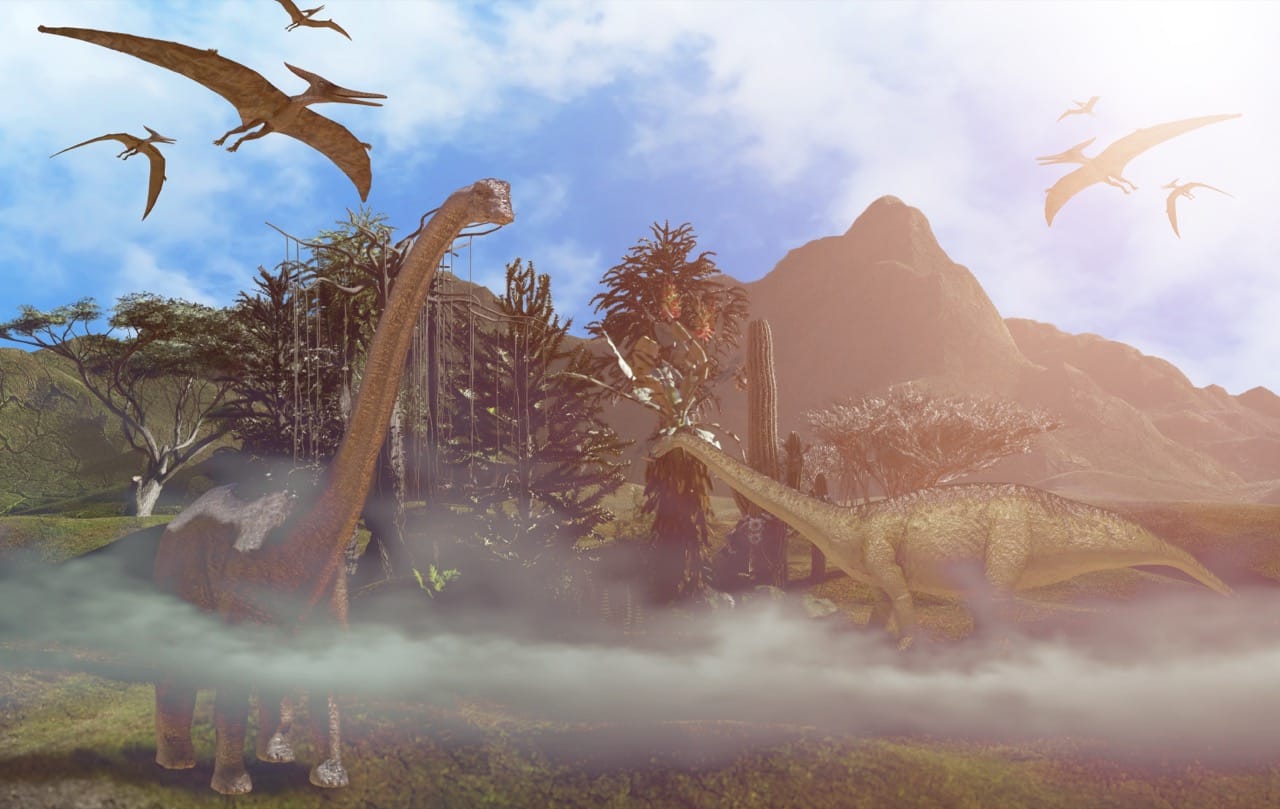
How many fingers did the Iguanodon have on each hand?
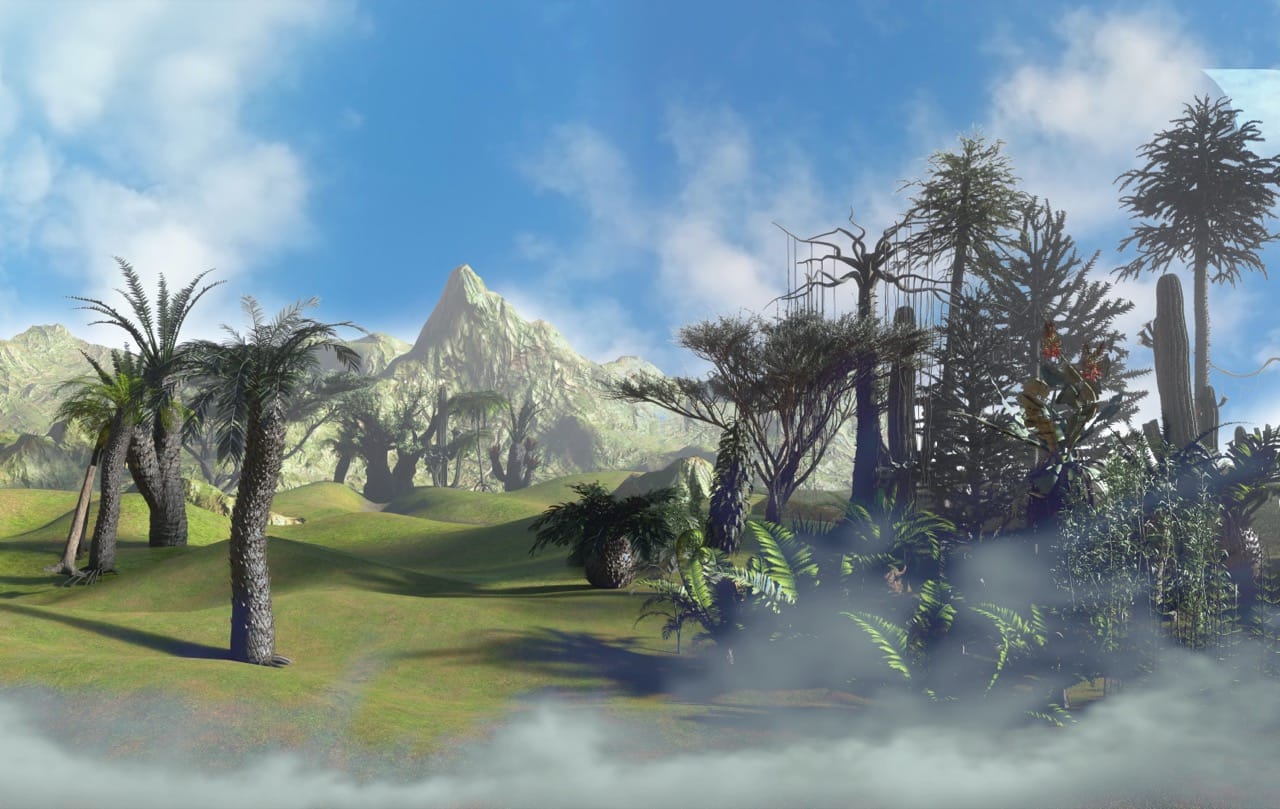
What was the purpose of the Iguanodon's thumb spikes?
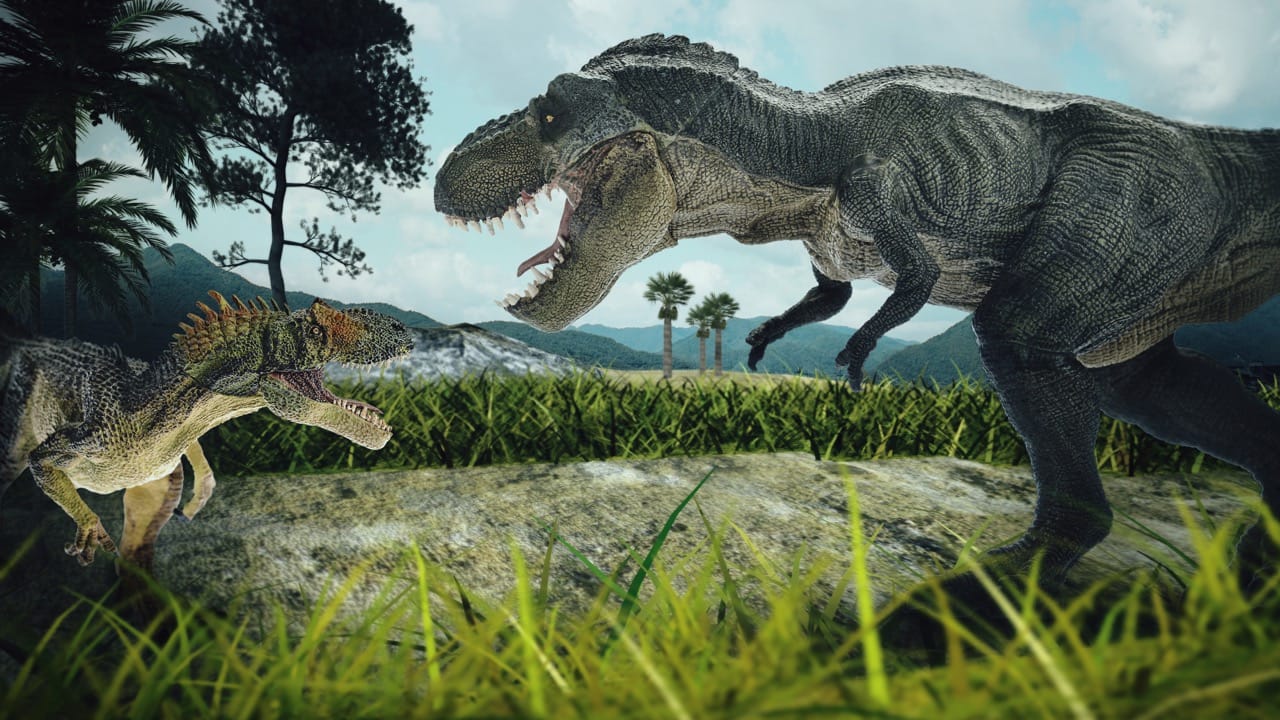
Who discovered the first Iguanodon fossil?
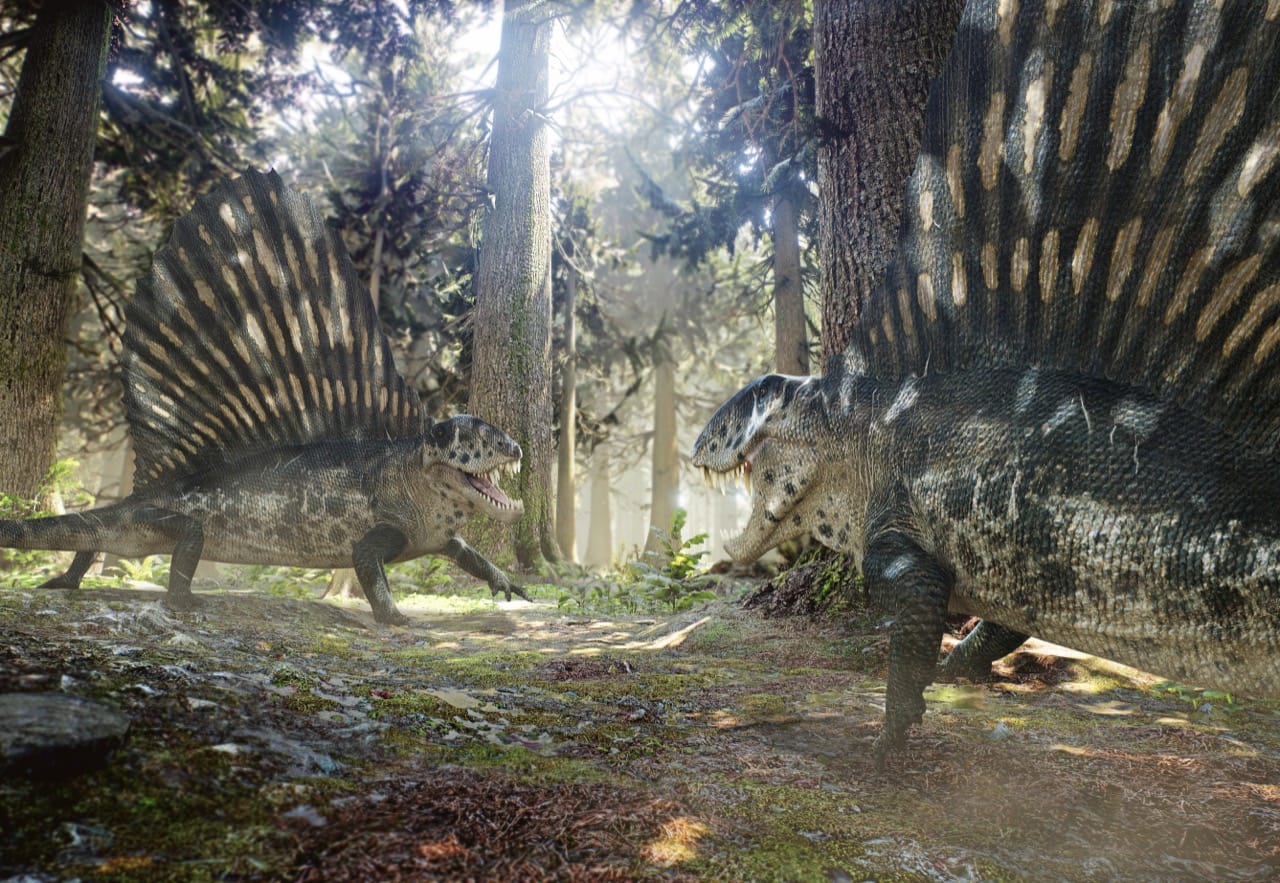
What was the estimated weight of an adult Iguanodon?
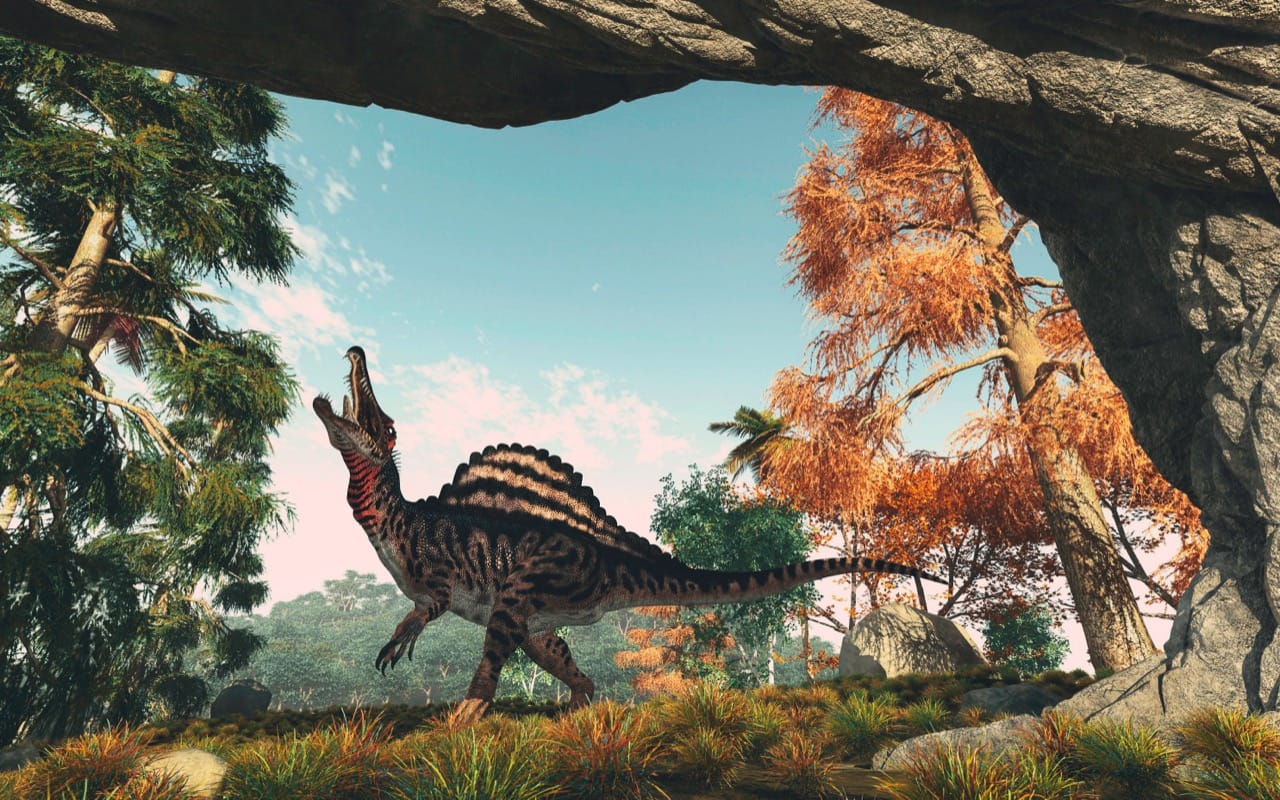
What type of dinosaur was the Iguanodon?
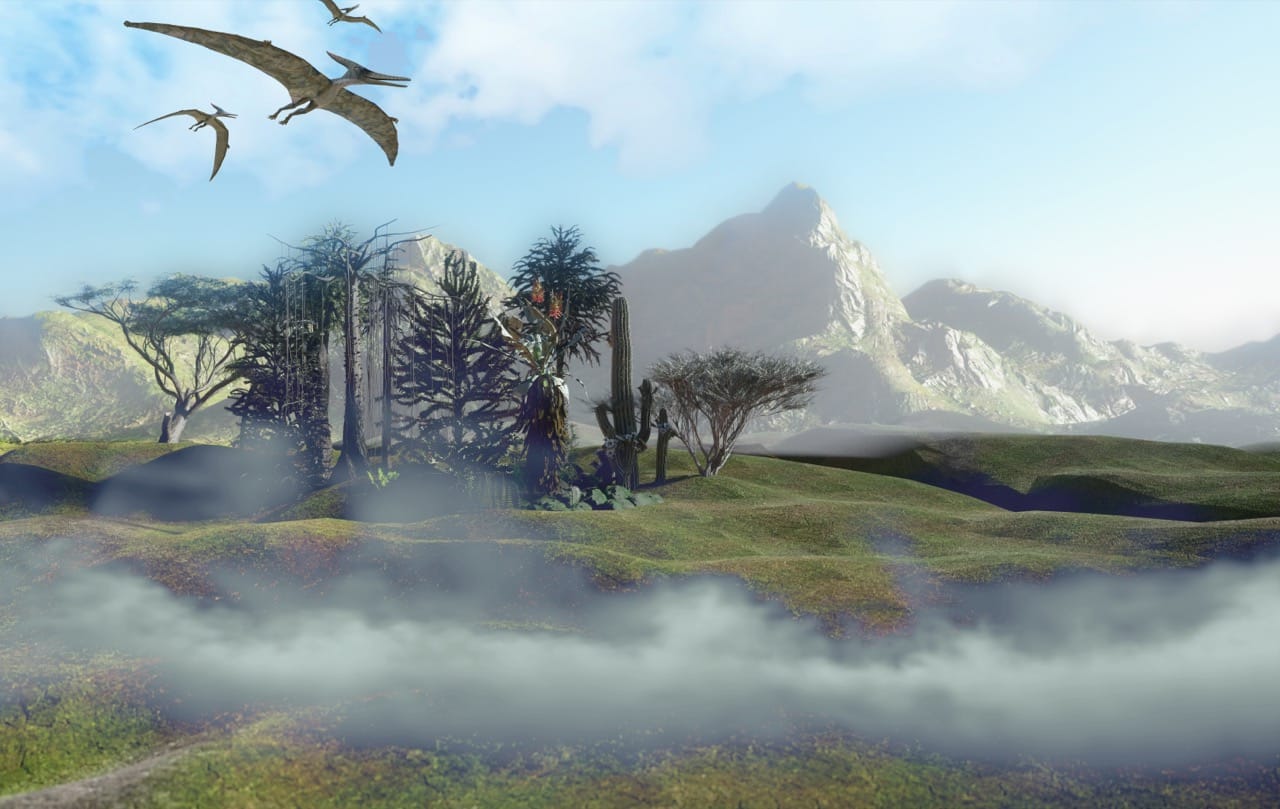
How did the Iguanodon move?
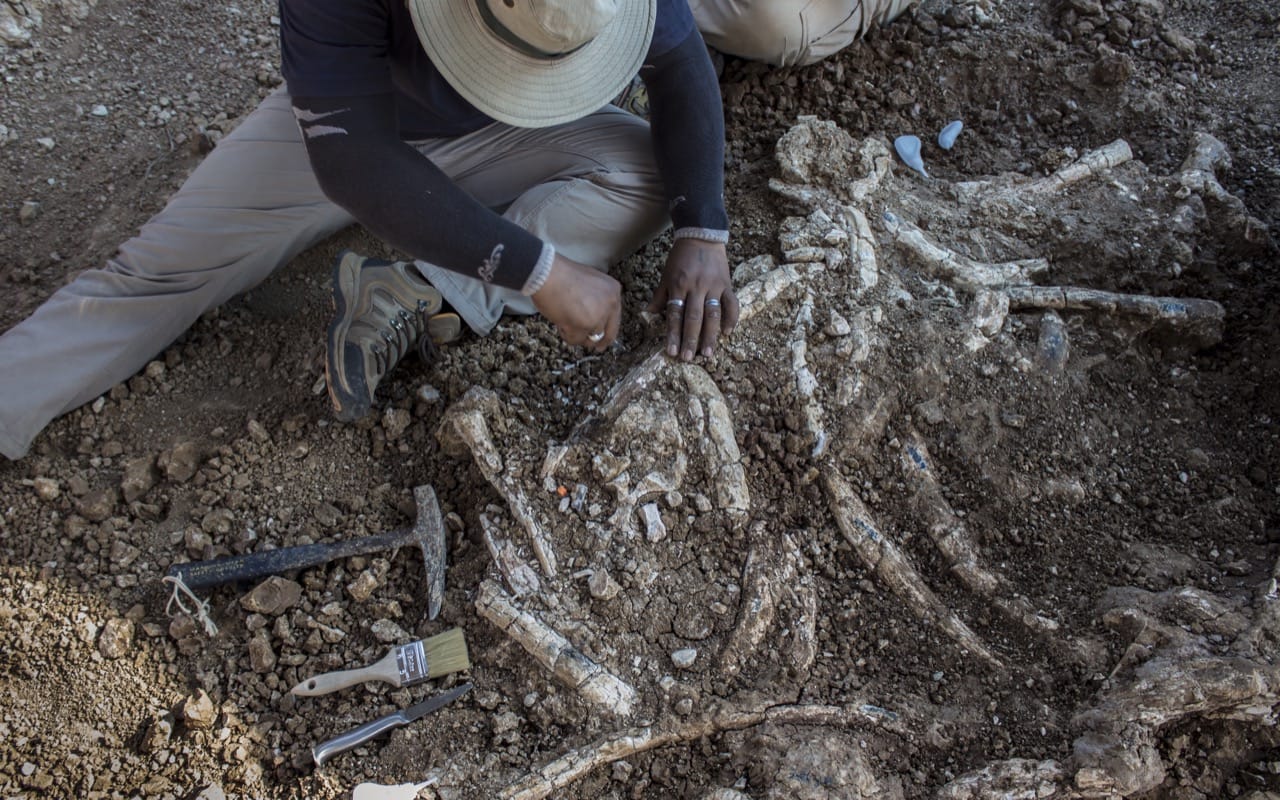
What was the Iguanodon's brain size compared to its body?

What was the Iguanodon's diet primarily made up of?
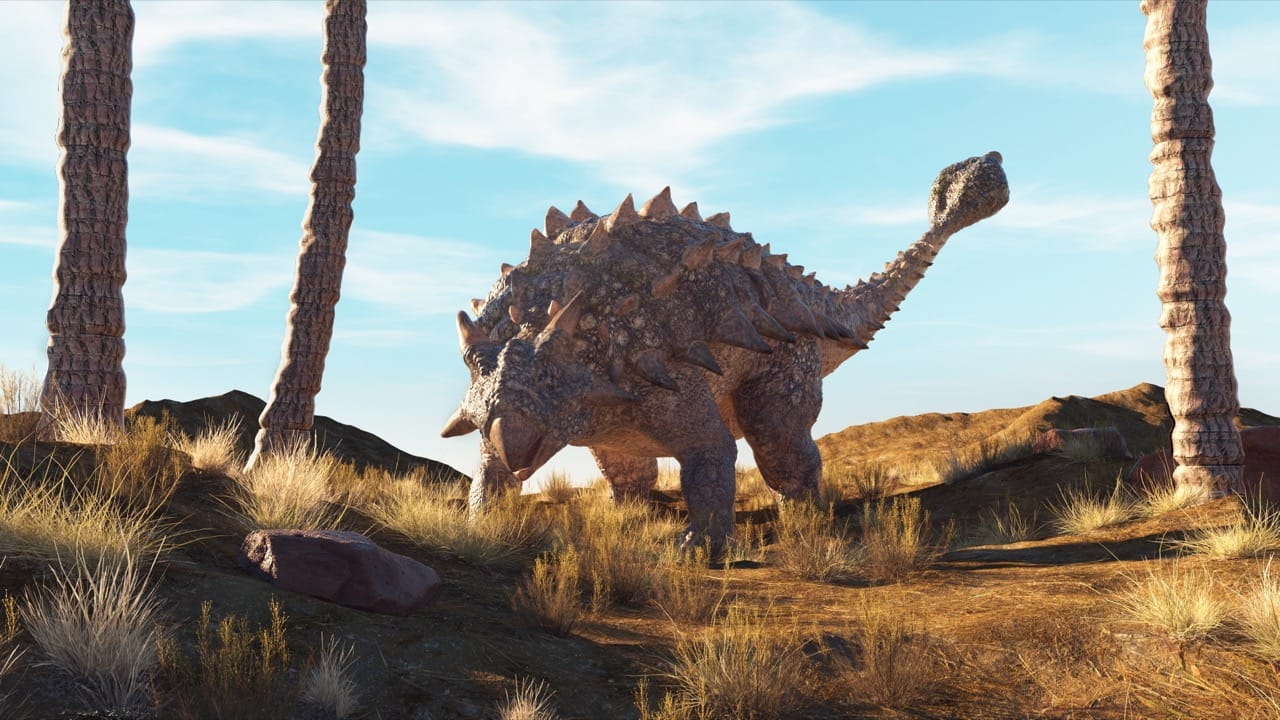
How long was the Iguanodon?
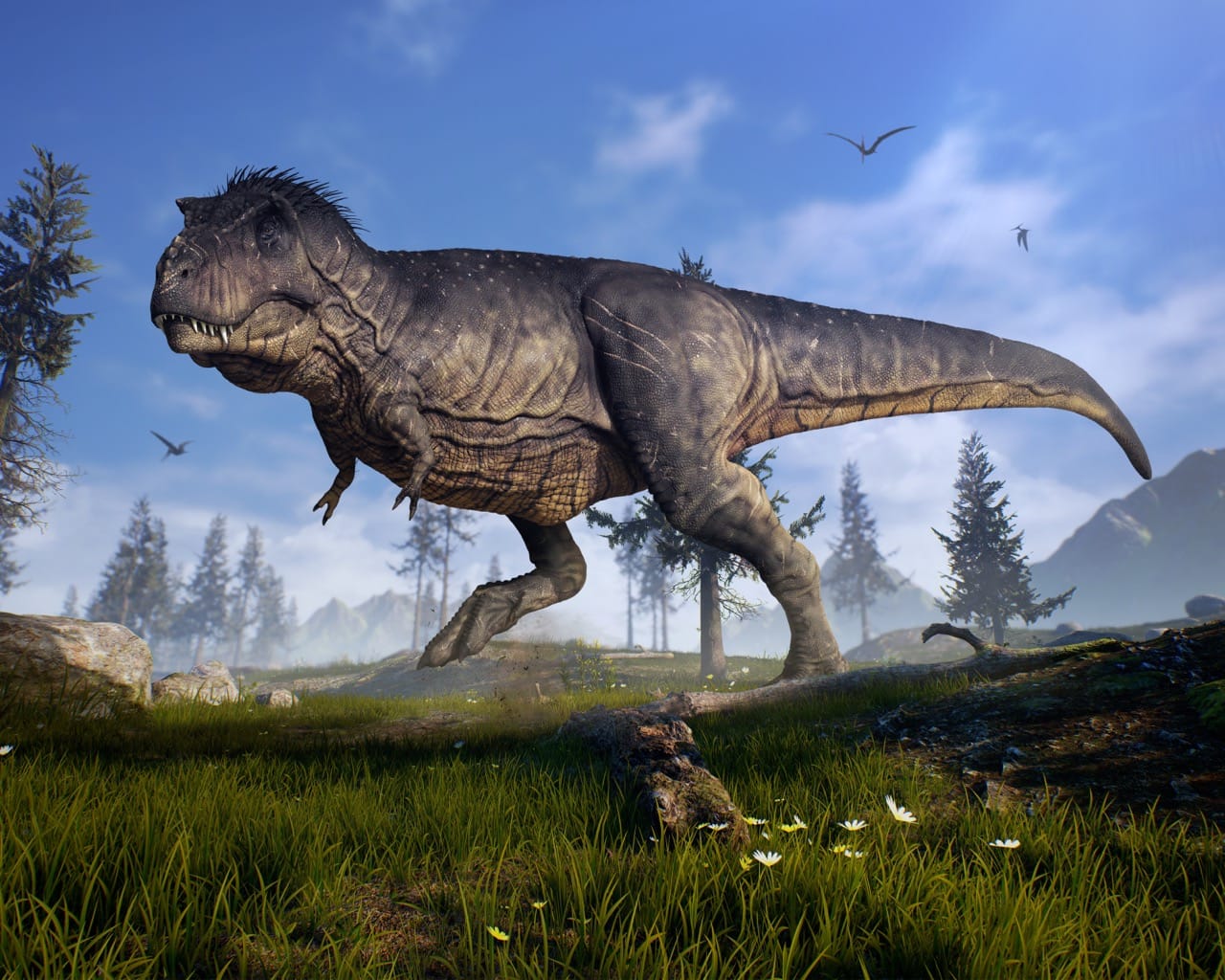
Which continent is known for having the most Iguanodon fossils?

What was the Iguanodon's scientific name?

What is the Iguanodon closely related to?

Which of these fossils was not found alongside Iguanodon remains?

What was the function of the Iguanodon's thumb?
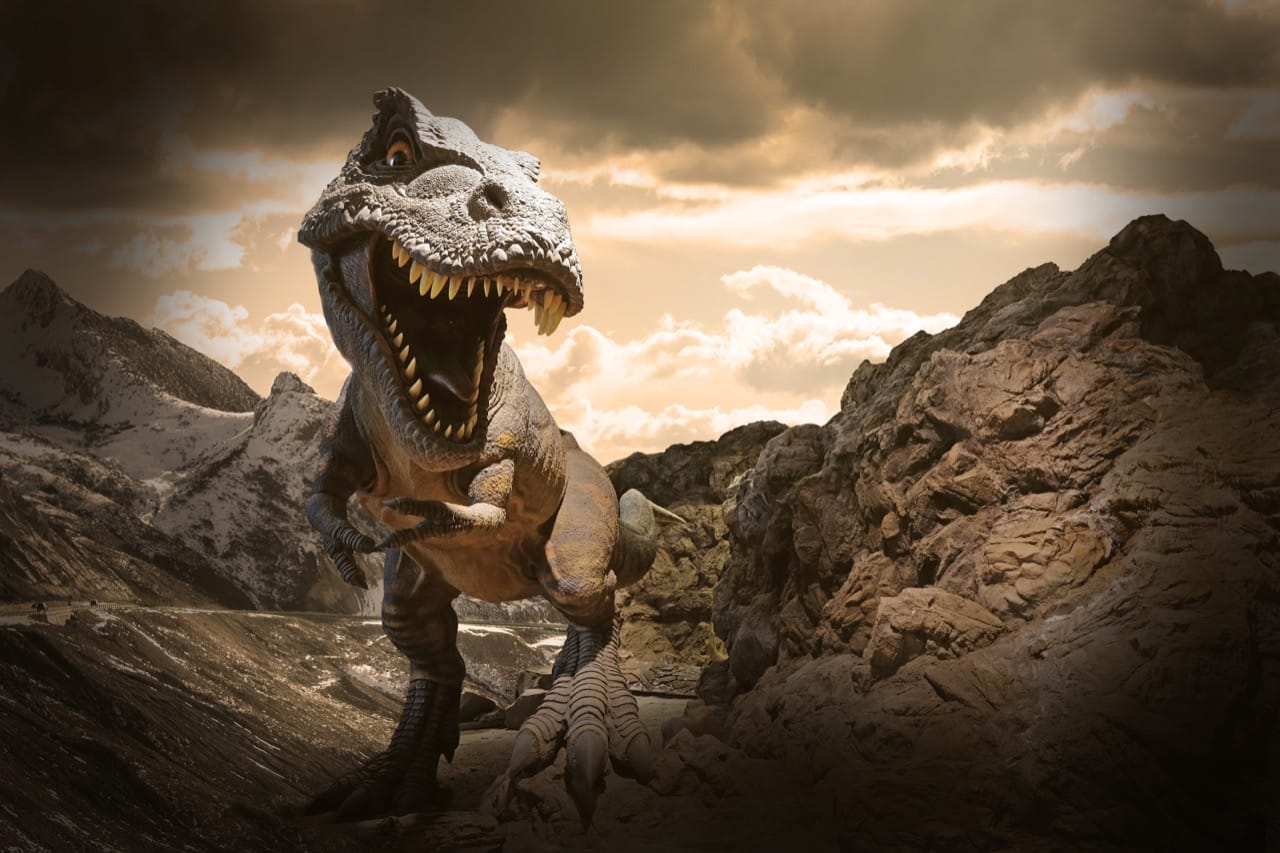
What was the habitat of the Iguanodon?
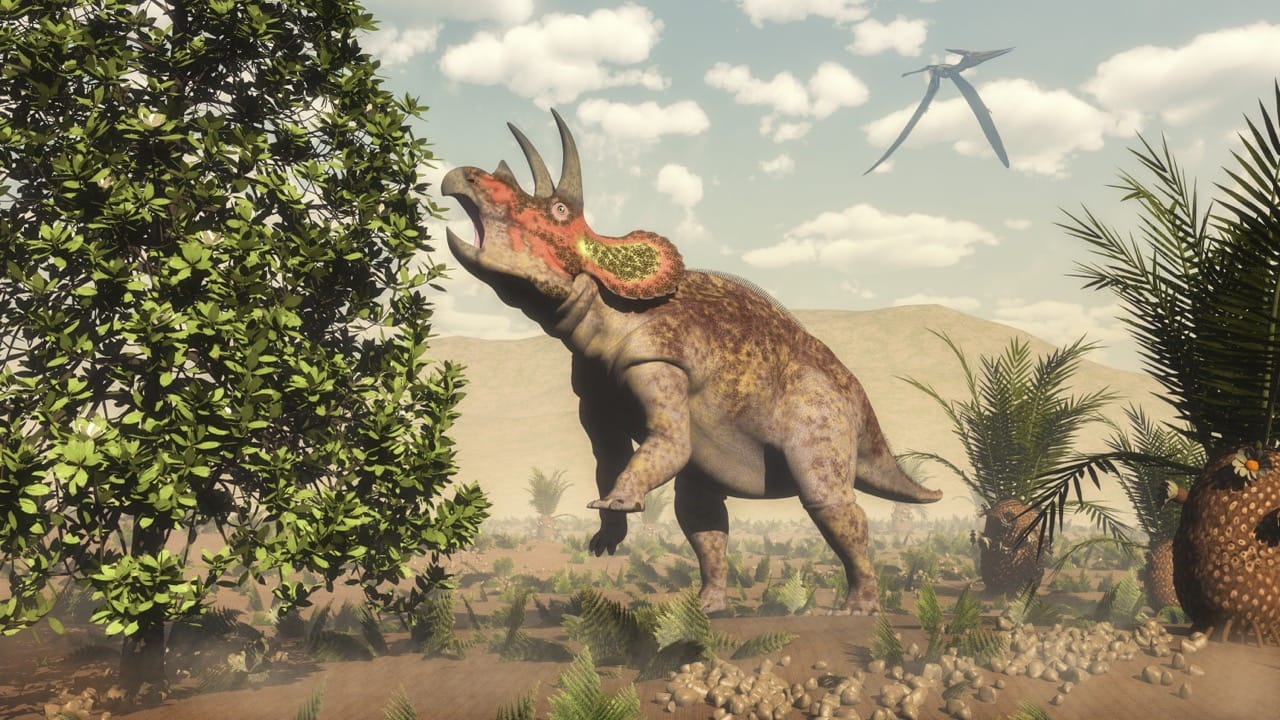
What was the estimated lifespan of the Iguanodon?

In what period did the Iguanodon live?

